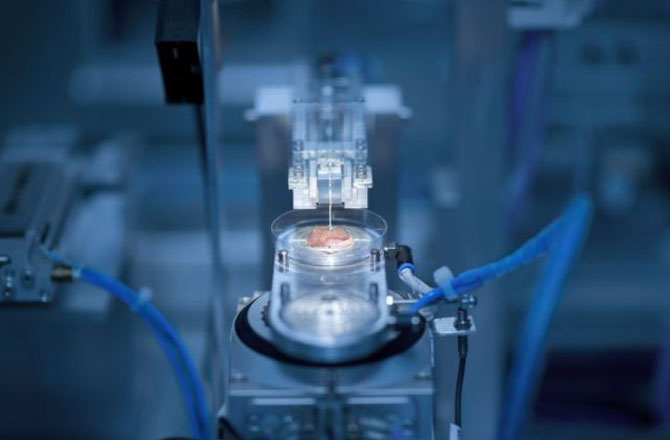A New Procedure Called 'Bio Patch' Regrows Damaged Bones Inside The Body
Bone regeneration may no longer be limited to science fiction, according to a new study. Researchers at the University of Iowa have created a so-called bio patch that allows localized regeneration of bone tissue within the body.
According To A New Research, It Is Now Possible To Regenerate Missing Or Damaged Bones
Researchers from the University of Iowa have developed a remarkable new procedure for regenerating missing or damaged bone.
It's called a "bio patch" -- and it works by sending bone-producing instructions directly into cells using microscopic particles embedded with DNA.
The Patch Was Successful In Regrowing Enough Bone To Cover Wounds In The Skulls Of Live Rats
In experiments, the gene-encoding patch has already regrown bone fully enough to cover skull wounds in test animals. It has also stimulated new growth in human bone marrow stromal cells.
The new bio patch consists of a collagen platform seeded with lipids that carry genetic instructions.
Image via medicaldaily.comEventually, the patch could be used to repair birth defects involving missing bone around the head or face. It could also help dentists rebuild bone in areas which provides a concrete-like foundation for implants.
How The Bio Patch Was Created
To create the bio patch, a research team led by Satheesh Elangovan delivered bone-producing instructions to existing bone cells inside a living body, which allowed those cell to produce the required proteins for more bone production.
This was accomplished by using a piece of DNA that encodes for a platelet-derived growth factor called PDGF-B. Previous research relied on repeated applications from the outside, but they proved costly, intensive, and more difficult to replicate with any kind of consistency.
"We delivered the DNA to the cells, so that the cells produce the protein and that's how the protein is generated to enhance bone regeneration," explained Aliasger Salem in a statement.
"If you deliver just the protein, you have keep delivering it with continuous injections to maintain the dose. With our method, you get local, sustained expression over a prolonged period of time without having to give continued doses of protein."
The Study Shows That A Collagen Platform Seeded With Particles Containing Genetic Information Can Successfully Induce New Bone Growth Within The Body
While performing the procedure, the researchers made a collagen scaffold in the actual shape and size of the bone defect.
The patch, which was loaded with synthetically created plasmids and outfitted with the genetic instructions for building bone did the rest, achieving complete regeneration that matched the shape of what should have been there.
This was followed by inserting the scaffold onto the missing area. Four weeks is usually all that it took -- growing 44-times more bone and soft tissue in the affected areas compared to just the scaffold alone.
"The delivery mechanism is the scaffold loaded with the plasmid," Salem says. "When cells migrate into the scaffold, they meet with the plasmid, they take up the plasmid, and they get the encoding to start producing PDGF-B, which enhances bone regeneration."
The researchers also note that the delivery system is nonviral, meaning that the plasmid is not likely to cause an undesired immune response, and that it's easier to mass produce, which lowers the cost.



